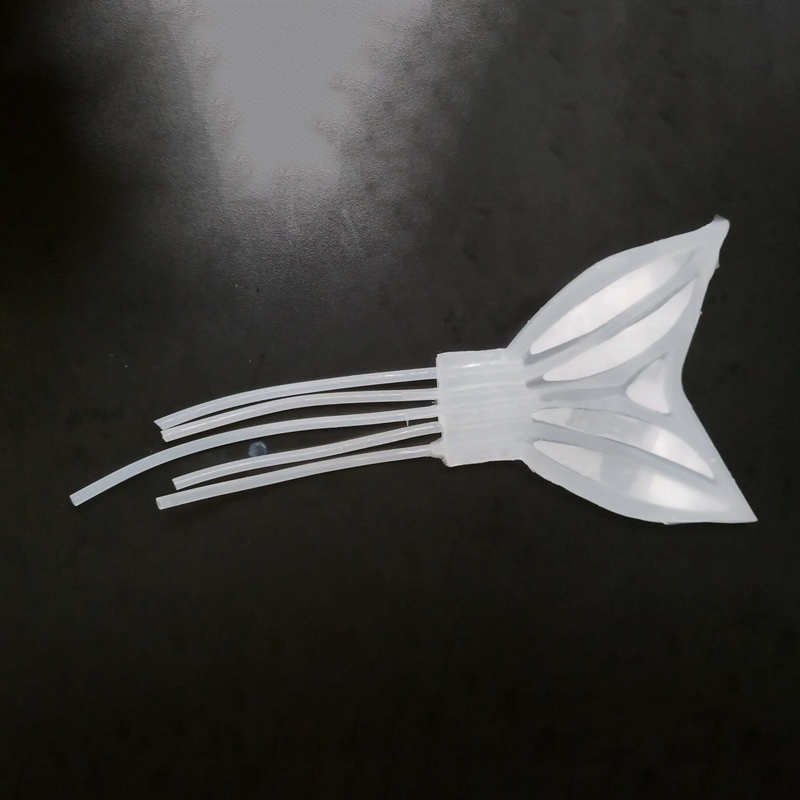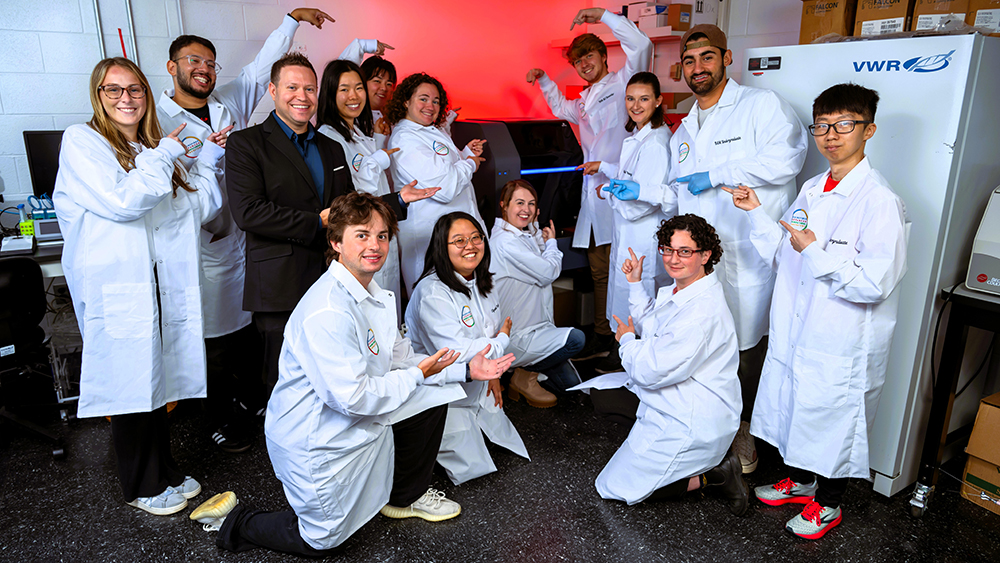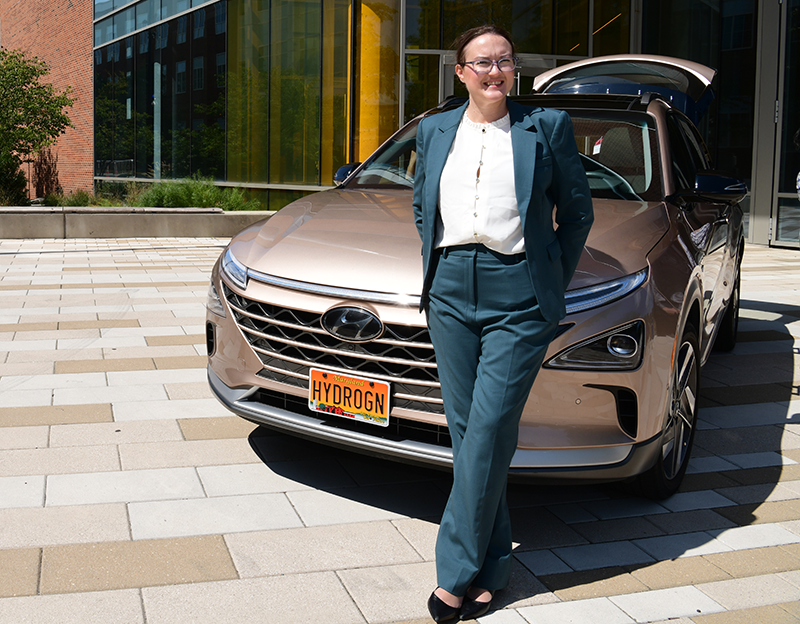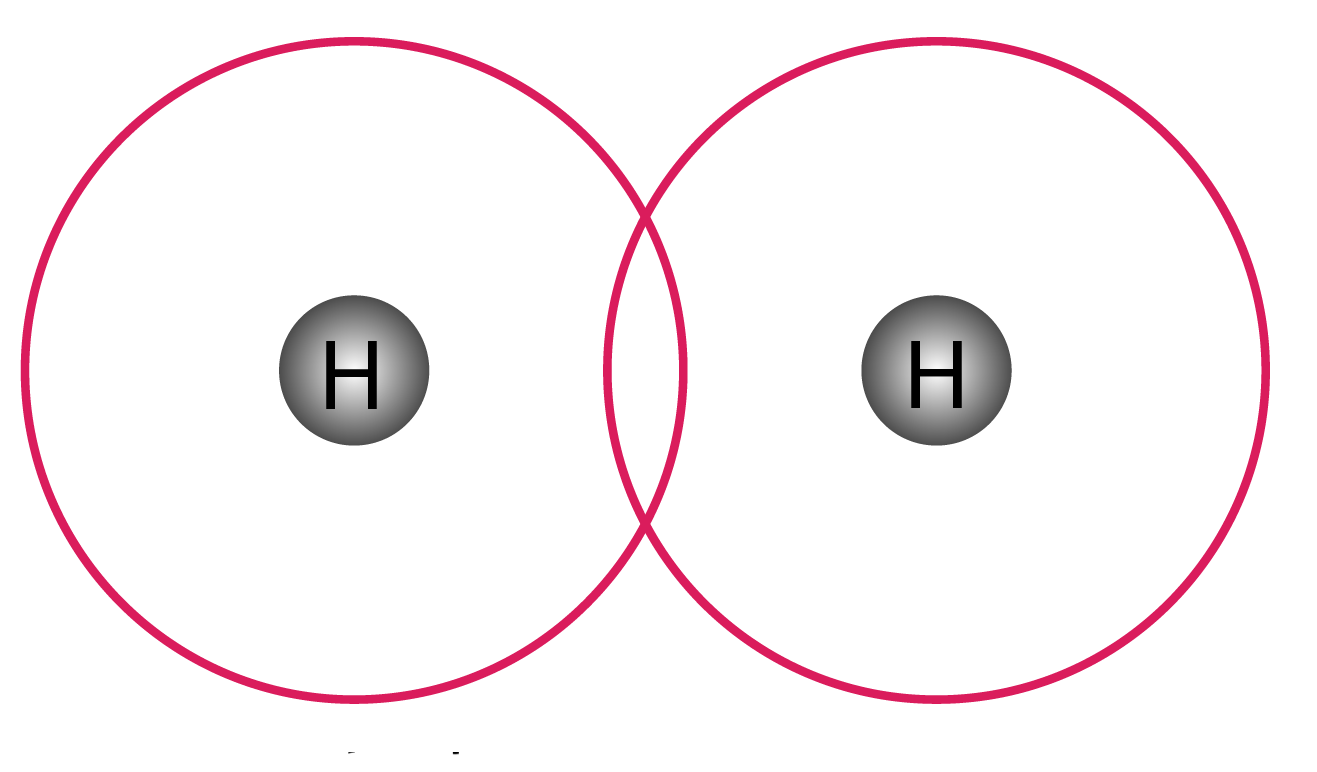News Story
In Soft Robotics, Instability Can Be a Plus
 Instability is not usually considered desirable in engineering: a bridge shouldn’t buckle, and an aircraft shouldn’t exhibit flutter. Such phenomena, indeed, lead rigid structures to fail, often with catastrophic results.
Instability is not usually considered desirable in engineering: a bridge shouldn’t buckle, and an aircraft shouldn’t exhibit flutter. Such phenomena, indeed, lead rigid structures to fail, often with catastrophic results.
In soft robotics, the situation is quite different. Unlike their rigid counterparts, soft, elastic materials don’t break when they buckle, and they can be compressed or stretched without causing damage. Eleonora Tubaldi, assistant professor at the University of Maryland’s (UMD) mechanical engineering department, has been experimenting with ways to harness instabilities in order to engineer soft devices that can recognize and respond to environmental stimuli, much in the way that biological organisms do.
Tubaldi recently presented her discoveries at the 23rd Mid-Atlantic Soft Matter Workshop, held at Georgetown University. In her talk, “Soft Intelligent Materials Based on Mechanical Instabilities," she demonstrated some of the interesting and novel ways in which the flexibility of soft materials can be exploited. A paper related to this research has since appeared in Advanced Intelligent Systems.
As Tubaldi explains, the properties of such materials, most importantly their ability to expand and contract, can be incorporated into feedback systems that cause the devices to perform action such as grasping and releasing objects ranging from test tubes to strawberries.
"Our goal is to program soft materials in a way that intelligent behavior emerges," Tubaldi said. "We design an actuator and a haptic feedback system, so that the soft material responds in a certain way, and then we can use mechanical instabilities to amplify the response."

Bioinspired soft devices engineered by Tubaldi and her research team can perform high-precision actions such as grasping and releasing test tubes.
All this may sound like wizardry, but much of it is based on geometry. Tubaldi begins by creating a lattice-like arrangement of holes, or "pores," in a synthetic material. She calculates the amount of pressure needed to squeeze, or in some cases stretch, the pores, causing the material to buckle or transform in precisely calculable ways. The material can be used as an actuator for devices that perform certain actions, such as grasping.
At the same time, the material also acts, in effect, as a sensor, registering what it touches. This allows for the creation of feedback loops and, ultimately, a system that responds intelligently to its environment. It is, in effect, a form of distributed intelligence.
Notes Tubaldi: "The systems present an embodied-intelligence because, with a simple pressure input, they can perform complex tasks, such as grasping objects with different stiffness and shapes while providing electronics-free haptic feedback about these interactions."
"These emergent behaviors dramatically simplify robot control principles and they open avenues for bio-inspired designs that are better suited to perform and adapt in complex environments, like real world environments." she said.
Researchers at Tubaldi’s lab have been experimenting with several different grippers. One features multiple touchpoints that allow it to pick up selected objects, such as tubes, from a set. Another is designed to catch and release objects, such as plants or sprouts, carefully and without causing damage.
Her work draws inspiration, in part, from marine biology. Scatter sand on a sponge, for instance, and it will respond by contracting and expanding, repeating the process until the sand has been shaken off. A deep sea creature known as the Predatory Tunicate, meanwhile, provided the inspiration for one of the grippers engineered by Tubaldi and her team. Resting on the seafloor, or sometimes lurking in sea canyons, this creature comes equipped with a mouth-like siphon that shuts—not unlike the mouth of a Pac-Man—when unsuspecting fish or crustaceans drift inside; it then stays shut until its prey is fully digested.
"Very often in robotics, we find that nature provides very good examples of the properties and the behavior we are seeking to create,” Tubaldi said. “By studying these organisms, we not only learn how to solve design challenges using nature as a guide, but we may ultimately gain insights into the emergence of intelligence itself."
A member of the UMD mechanical engineering faculty since 2020, Tubaldi is a National Science Foundation CAREER award recipient. This month, the American Society of Mechanical Engineers (ASME) selected her for the ASME Henry Hess Early Career Publication Award,
Published April 23, 2024








